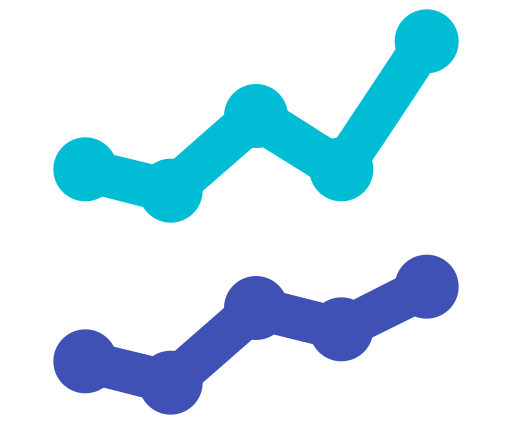Scotland
Scotland has had one of the most interesting recent electoral histories of any part of the UK. In the 1950s it looked like much of the rest of the UK. Rural areas voted Conservative and urban areas Labour. Glasgow and its environs sent a huge band of Labour MPs to Westminster. The north east, Perthshire, Stirlingshire and the affluent areas around Edinburgh did the same for the Tories. The highlands and northern isles also had a strong liberal tradition. In 1955 Labour won 34 seats in Scotland, the Conservatives 36 and the Liberals 1.
The story of the 60 years since is dominated by the rise of the SNP and the subsequent collapse of first the Conservative then the Labour vote. The SNP’s rise began in the 1970’s when they built a base of support in the more rural parts of north eastern Scotland such as Banffshire, Moray and Perthshire. There big breakthrough in a general election was in February 1974 when they gained six seats to add to the one they got in 1970. In the October election of that year they won 30% of the vote and added another four MPs to peak at 11.
This was not to last as the Labour and Conservative votes recovered in 1979 and only 2 SNP members would join the 44 Labour, 22 Conservative and 3 Liberals at Westminster. Despite this recovery the Labour and Conservative votes were in long term decline. The first big blow came in 1987 when the Tory vote dropped below 25% and their complement of MPs was cut in half from 21 to 10. Next came the humiliation of 1997 as they were wiped out in Scotland winning only 17% of the vote.
In the late 80’s and 90’s the collapse of the Scottish Tories was mostly to Labour’s benefit but the SNP would strike back in the new century. Labour introduced devolution to Scotland in 1998 and would go on to win the first three elections to the new Scottish Parliament. However a dead heat election in 2007 delivered Alex Salmond to office and began the slow march towards an independence referendum that would transform Scottish politics.
At this point Scottish voters seemed to be voting differently in elections to Holyrood then to Westminster. Labour’s vote share at the UK election in 2010 was up 3 points and they gained an MP. However in the Holyrood election that followed in 2011 the SNP won a majority and with it the mandate to call a referendum on independence for Scotland.
Although they would lose the referendum and Salmond would be replaced by his deputy Nicola Sturgeon the SNP saw a rush of support following the referendum. They swept aside Labour in 2015, winning 50% of the vote and all but three of the seats. Labour and the Conservatives staged a revival in 2017 but were pushed back in 2019. The SNP won 48 seats in 2019 out of 59 on 45% of the vote. They remain the strongest party in Scotland at all levels of government. However, it should be noted that both Labour and the SNP have benefitted from the electoral system for Westminster elections. Labour won 56 out of 72 seats in 1997 on 46% of the vote which is similarly disproportionate to the SNP wins in 2015 and 2019. In a more proportional electoral system the swings in seat share would not have been as dramatic (if you assume people would have voted the same way).
